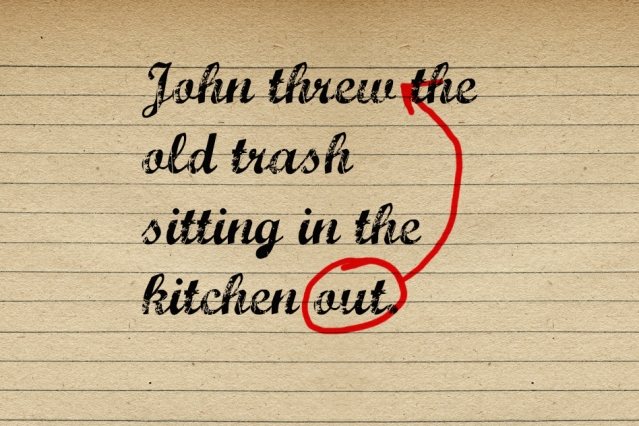The following article discusses the concept of a language universal which would validate Chomsky’s controversial theory about a “universal grammar.” It was written as an Ars Technica article by Cathleen O’Grady and posted August 6, 2015:
Language takes an astonishing variety of forms across the world—to such a huge extent that a long-standing debate rages around the question of whether all languages have even a single property in common. Well, there’s a new candidate for the elusive title of “language universal” according to a paper in this week’s issue of PNAS. All languages, the authors say, self-organize in such a way that related concepts stay as close together as possible within a sentence, making it easier to piece together the overall meaning.
Language universals are a big deal because they shed light on heavy questions about human cognition. The most famous proponent of the idea of language universals is Noam Chomsky, who suggested a “universal grammar” that underlies all languages. Finding a property that occurs in every single language would suggest that some element of language is genetically predetermined and perhaps that there is specific brain architecture dedicated to language.
However, other researchers argue that there are vanishingly few candidates for a true language universal. They say that there is enormous diversity at every possible level of linguistic structure from the sentence right down to the individual sounds we make with our mouths (that’s without including sign languages).
There are widespread tendencies across languages, they concede, but they argue that these patterns are just a signal that languages find common solutions to common problems. Without finding a true universal, it’s difficult to make the case that language is a specific cognitive package rather than a more general result of the remarkable capabilities of the human brain.
Read the complete article here; the MIT news article is here.



